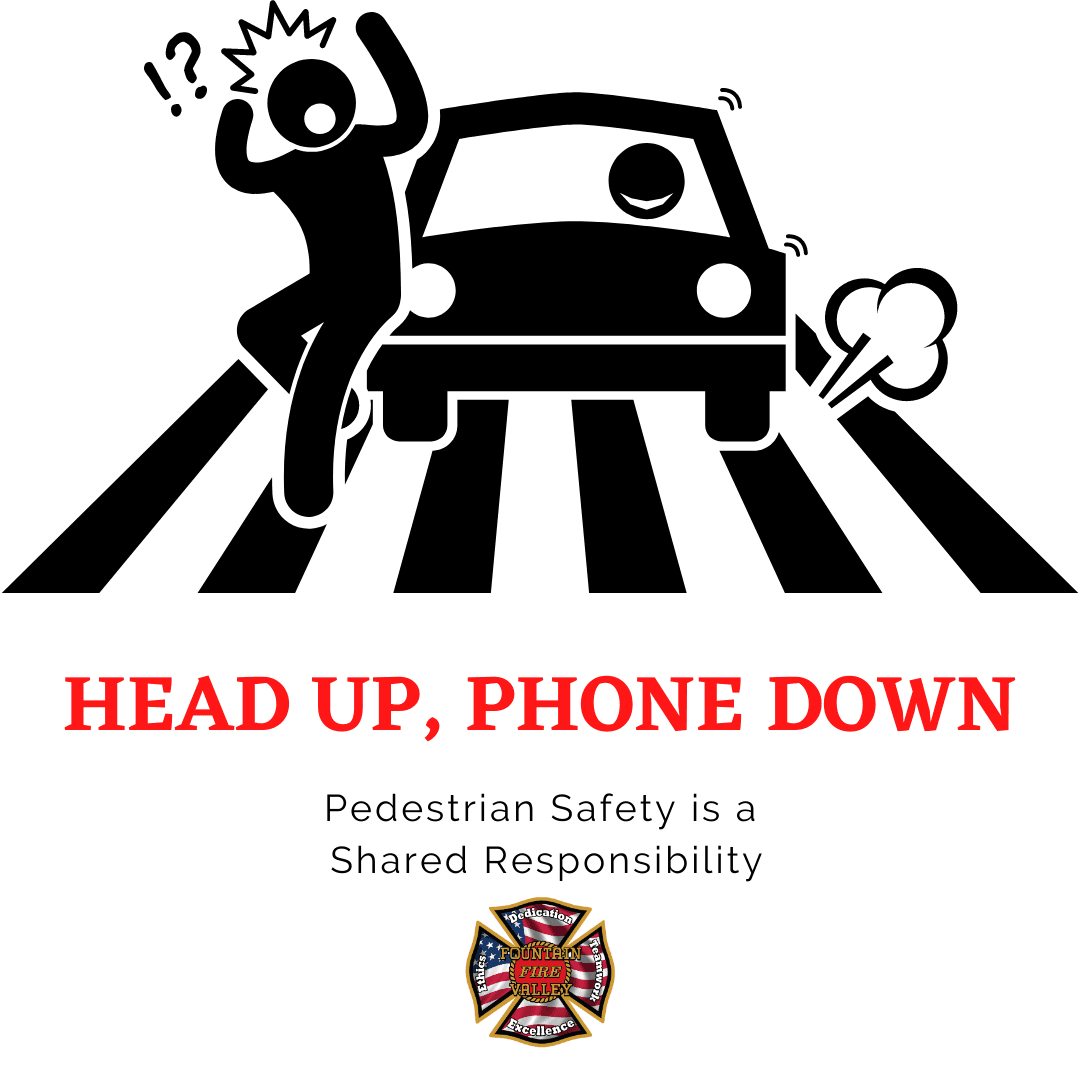We rarely are more vulnerable than when walking in urban areas, crossing busy streets and negotiating traffic. It’s important to pay attention to what is going on around us. Nearly 6,000 pedestrians were struck and killed by motor vehicles in 2017, with an estimated 7,450 pedestrian deaths (traffic and non-traffic) according to Injury Facts. Head Up, Phone DownDistracted walking incidents are on the rise, and everyone with a cell phone is at risk. We are losing focus on our surroundings and putting our safety at risk. The solution: Stop using phones while walking, and not just in crosswalks and intersections. Over half of distracted walking injuries occur in our own homes, proving that we need to stay aware of our surroundings whether indoors and out.Pedestrian Safety Is a Shared ResponsibilityWhen driving, help keep pedestrians of all ages safe:Obey all traffic laws, especially posted speed limits in school zonesWatch for pedestrians at all times and be extra cautious when backing upYield to pedestrians in crosswalks, making eye contact to indicate that you see themNever pass vehicles stopped at crosswalksStay alert – avoid distracted drivingDo not drive under the influence of alcohol and/or drugsFollow these tips from the National Safety Council to stay safe as a pedestrian:Whenever possible, walk on the sidewalk; if no sidewalk is available, walk facing trafficFollow the rules of the road, obeying all traffic signs and signalsCross streets at crosswalksIf no crosswalk is available and your view is blocked, move to a place where you can see oncoming trafficLook left, right and left again before crossing the street, making eye contact with drivers of oncoming vehicles to make sure they see youStay alert – avoid cell phone use and wearing earbudsAvoid alcohol and drug impairment when walkingWear bright and/or reflective clothing, and use a flashlight at nightWatch for cars entering or exiting driveways or backing up in parking lotsChildren younger than 10 should cross the street with an adult

